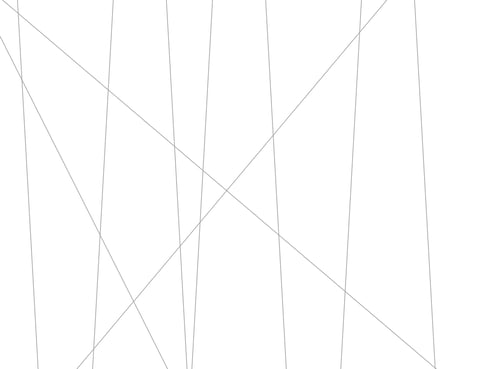Redefining Cognitive Dynamics: Aligning Insights with Adaptive Resonance Theory
Have you ever wondered how your brain processes thoughts dynamically? 💭 Recently, I’ve been exploring what I call “Pink Elements”—those fleeting thoughts that linger before resolution—and how they align with Adaptive Resonance Theory (ART).
5/8/20242 min read


Redefining Cognitive Dynamics: Aligning Insights with Adaptive Resonance Theory
Have you ever wondered how your brain processes and organizes thoughts dynamically? Recently, while reflecting on a concept I’ve been exploring—what I call “Pink Elements,” or transient thoughts lingering before resolution—I stumbled upon a profound connection to Adaptive Resonance Theory (ART).
ART, a cognitive neuroscience framework, models the brain’s ability to learn new things without overwriting existing knowledge. It achieves this through feedback loops, balancing stability (preserving what we know) and plasticity (integrating new information). This resonates deeply with my work on understanding memory layers, energy flow, and cognitive adaptability.
Here’s how my exploration aligns with ART:
Transient Thought Dynamics: Similar to ART’s "resonance states," I’ve been mapping how fleeting thoughts (“Pink Elements”) linger in a temporary cache before being resolved or discarded.
Feedback and Iteration: Both ART and my framework emphasize back-and-forth processing, where unresolved thoughts or new inputs are compared against existing knowledge for integration.
Energy Pathways and Memory Formation: ART’s stability-plasticity balance mirrors my focus on how energy flows within cognitive systems, influencing the speed and comfort of thought transitions.
This realization is more than theoretical—it’s a bridge between neuroscience, personal development, and emerging technologies. Imagine applying these insights to:
AI systems that replicate human adaptability through feedback-driven learning.
Mental health tools that map unresolved thoughts and provide strategies for clarity and resilience.
Experiential education platforms that teach the art of dynamic thought transitions.
My journey has been about connecting the dots between how we think, how we adapt, and how we grow. ART provided a vocabulary for what I was already uncovering: a way to visualize and optimize the cognitive layers of thought and memory.
What’s Next?
I’m exploring how to use these principles to develop tools for adaptive journaling, emotional resilience, and dynamic problem-solving. Whether for individuals, educators, or businesses, the goal is the same: create systems where adaptability and reflection lead to actionable insights.
If this resonates with you—or if you’re working on something similar—I’d love to connect! Let’s explore how we can turn these cognitive insights into impactful solutions.
